Forest bathing is the next big thing, and Arkansas is the perfect place to do it
We are a nation of achievers. That’s a good thing when it comes to growth, innovation and progress—after all, it wasn’t people sitting around fanning themselves and binge-watching television who put us on the moon or gave us smartphones. But it turns out that all this achievement may be taking a toll on our health. According to Project: Time Off, American workers are leaving millions of hours of vacation time on the table each year, which can lead to burnout, excess stress, and loss of quality family time.
Survey says: Take a vacation.
Or at the very least, take a break. Trouble is, even when we’re engaging in leisure activities, the inner achiever still won’t kindly sit down and be quiet; every walk, hike and bike ride is measured in steps traveled, elevation climbed, or miles pedaled. This is why you need forest bathing.
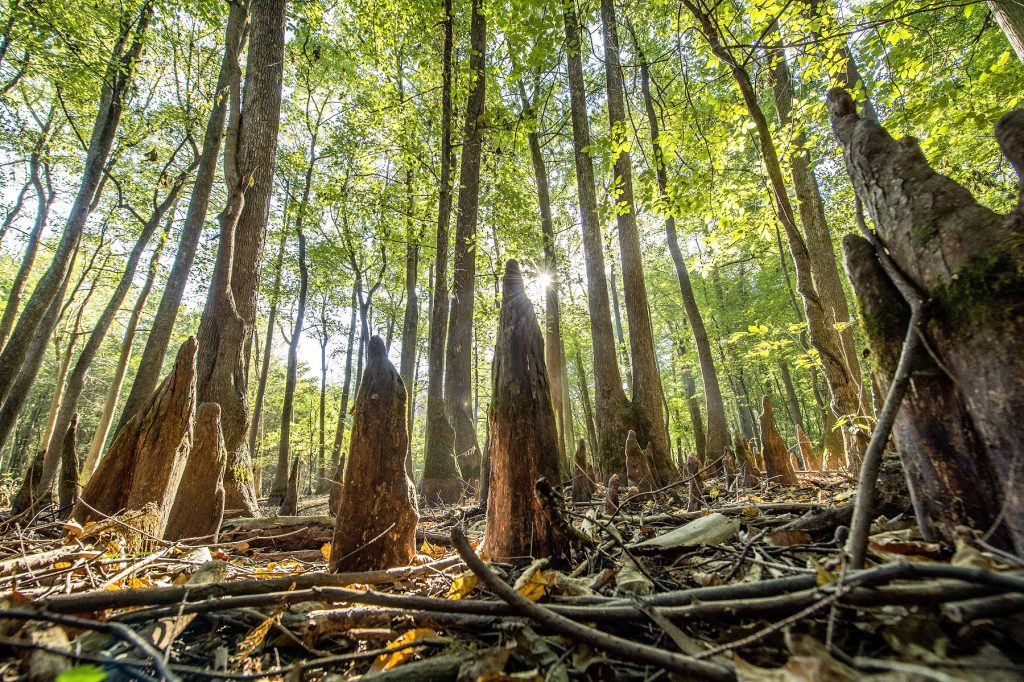
What is forest bathing? Simply put, it is spending time in the forest. Yes, you keep your clothes on. What you shed is any type of goal or ambition—no striving to reach a destination, log mileage or spot a particular bird or flower. You just wander, aimlessly, among the trees, soaking in the sights, sounds and smells unique to the woods. “It’s called ‘involuntary attention,’” says Lynn Warren, landscape architecture specialist with Arkansas State Parks.
“People just need to get out in nature and let their minds run free.”
If it sounds a little hippie-dippy, consider that scientists studying the effects of spending undirected time in nature have determined that it has concrete benefits, including reduction of the stress hormone cortisol and increased mental focus and creativity; even people who merely live near green space—without actively taking advantage of it—have been shown to have better heart and metabolic health and lower instances of 15 diseases. So pronounced are the benefits of a little time-out in nature that therapeutic visits to parks and forests are being prescribed to alleviate everything from depression to the effects of bullying on children.
More than half of Arkansas is covered in forestland—18 million acres, 20 percent of which is public land, including three national forests and dozens of state and local parks, all veined with hundreds of miles of trails. So what are you waiting for? Here are a few prime spots to set off on your first of what we hope will be many forest-bathing adventures.
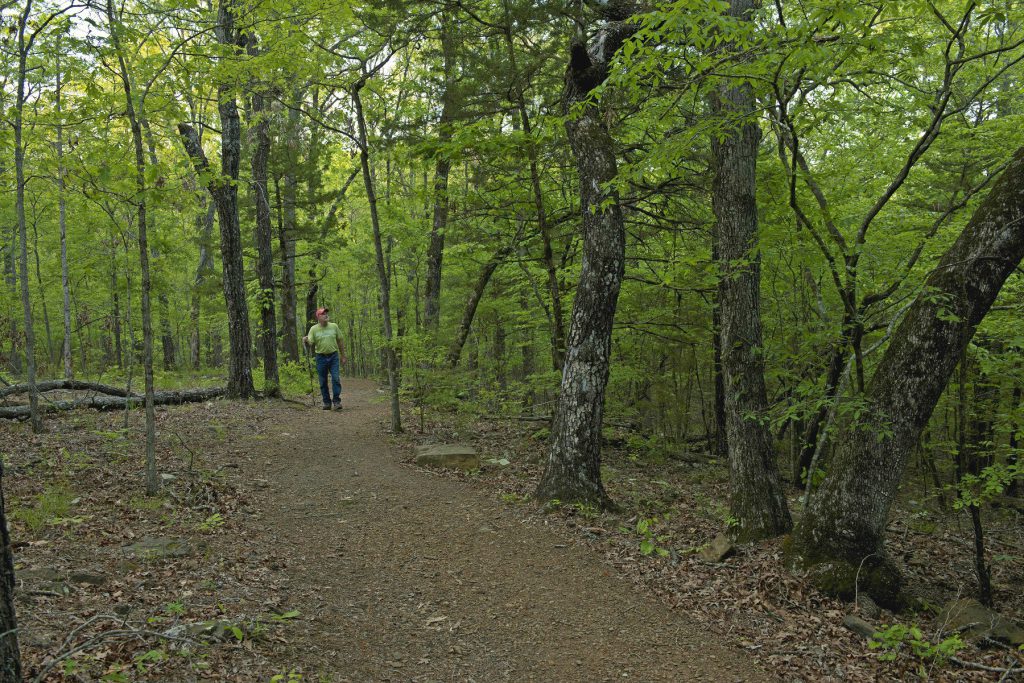
Ozark Highlands Trail
The OHT is well-known both in and out of Arkansas for its variety of terrain and unparalleled scenery, including mountain vistas, waterfalls, rock formations, and native flora and fauna. Beginning at Lake Fort Smith State Park and traversing seven counties in Northwest Arkansas, the 240-mile (and growing!) trail is perfect for a few hours of meandering or backpacking a longer section—open camping is allowed at a distance from the trail, and there are many public campsites as well. For details and maps, visit the Ozark Highlands Trail Association.
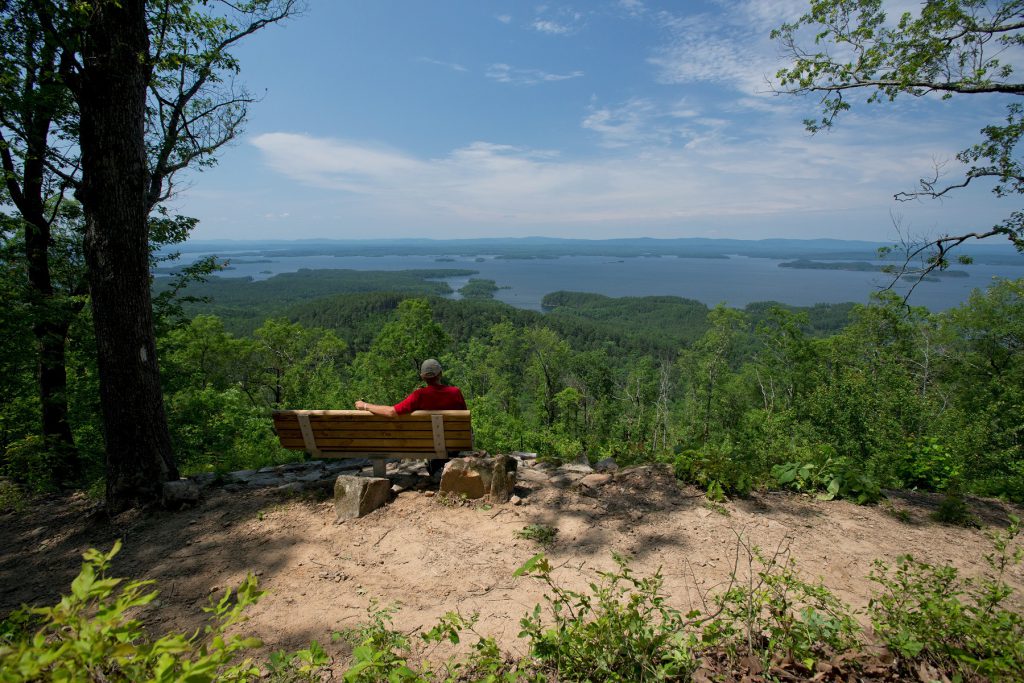
Lake Ouachita Vista Trail
One of the best things about the 45-mile LOViT, which winds through the Ouachita Mountains around the southern shore of Lake Ouachita near Hot Springs, is that it is accessible to a variety of trail users, and there are many different sections and trailheads to access the trail. It’s possible to do individual segments or link them together, so you can spend as much time in the forest as you might want. Favored by hikers, runners and mountain bikers, this trail also has an ADA-compliant section—so time in nature needn’t be limited to those enjoying it on two feet.
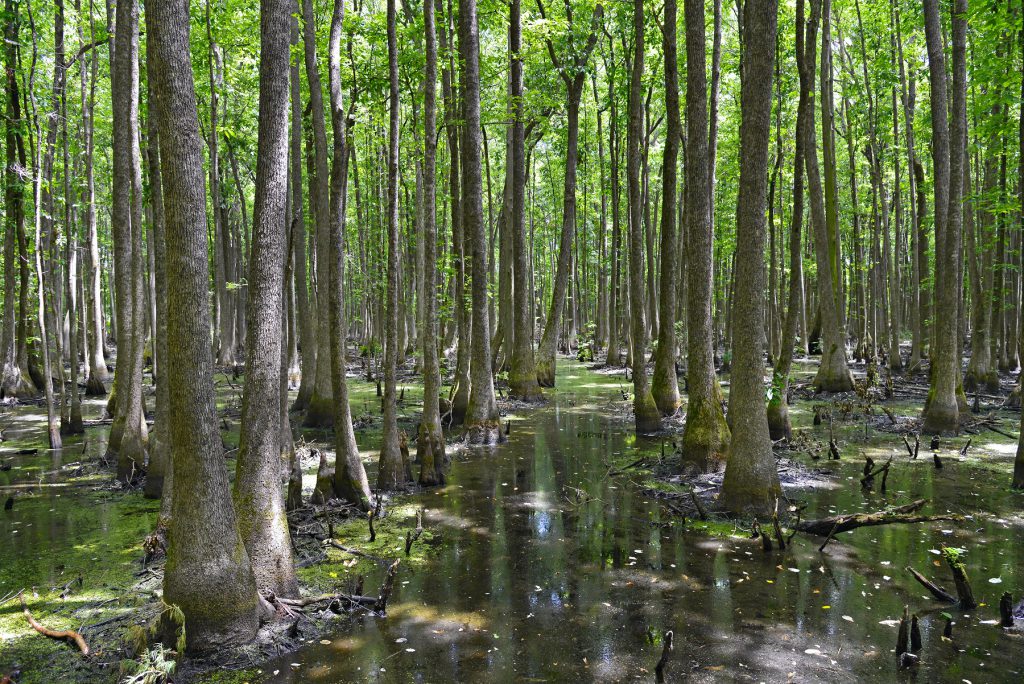
Louisiana Purchase Baseline Trail
Located in the St. Francis National Forest, this short and easy trail is a good way to dip your toes into forest-bathing while also getting a taste of the Arkansas Delta’s swampy side and the history of the Louisiana Purchase, which this trail outlines in placards and a monument. Elevated boardwalks immerse walkers in the sights and sounds of a dense cypress forest. Who knows—you might even soak up the spirit of the surveyors who were there in 1815, mapping out territory that would later become Arkansas.
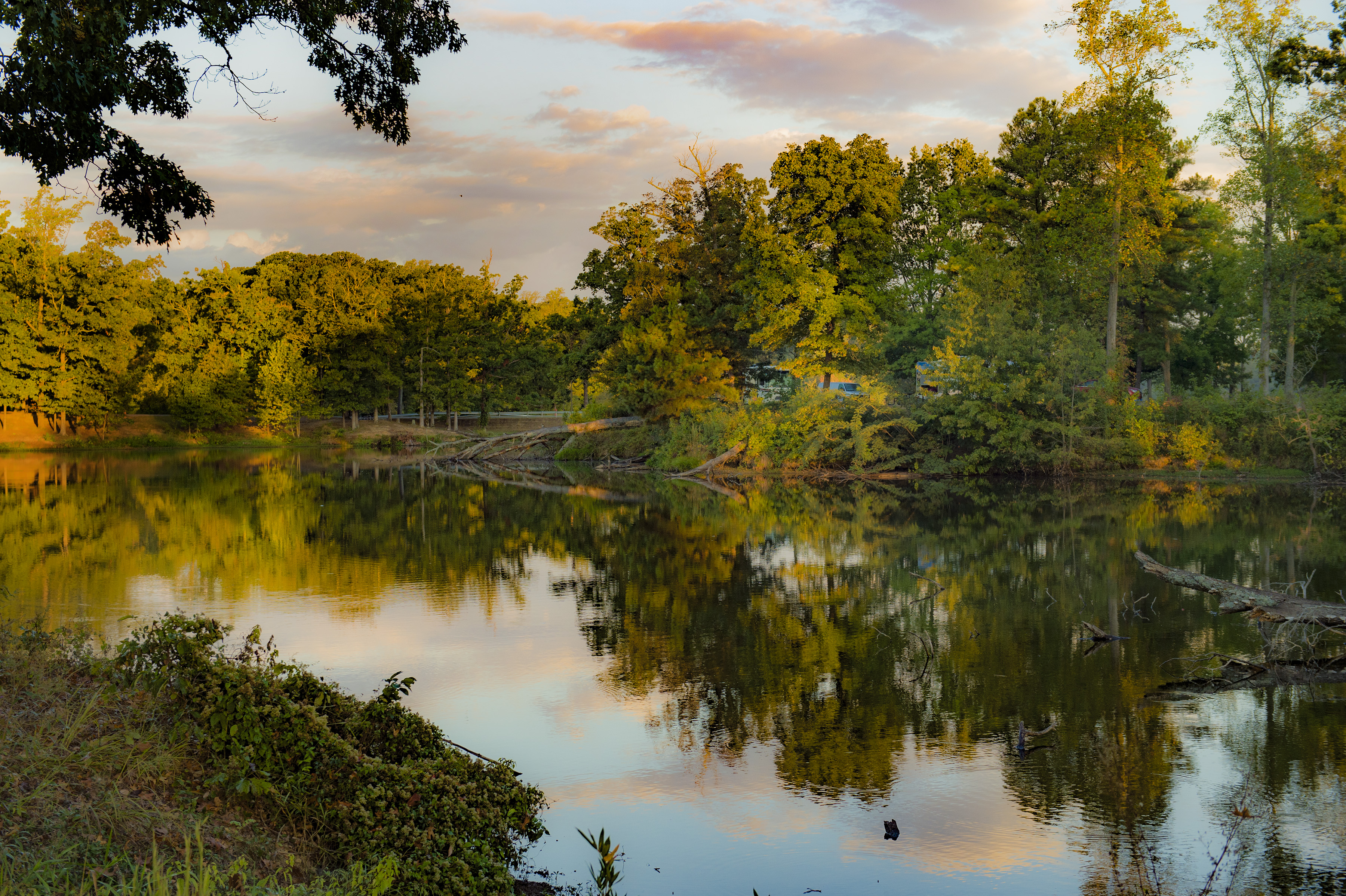
Wattensaw Bayou Water Trail
Who says forest bathing has to take place on dry land? The Wattensaw trail offers nearly 8 miles of lazy paddling in either direction from several access points in the Mike Freeze Wattensaw Wildlife Management Area in Hazen; lacking a strong current, the bayou is a soothing place to simply float among the trees. The trail normally follows the path of the bayou, which is indicated on trees along the way, but at high water times make sure to bring a GPS—otherwise you might end up doing a little more bathing than you bargained for.
